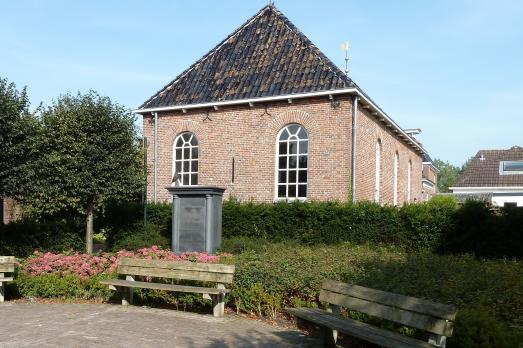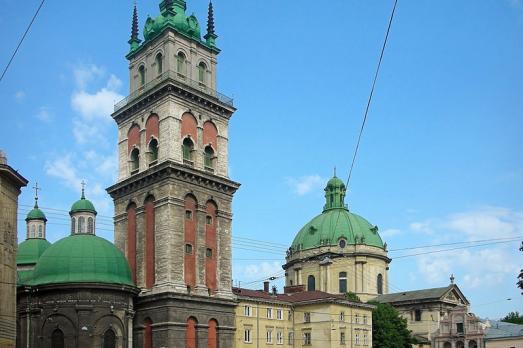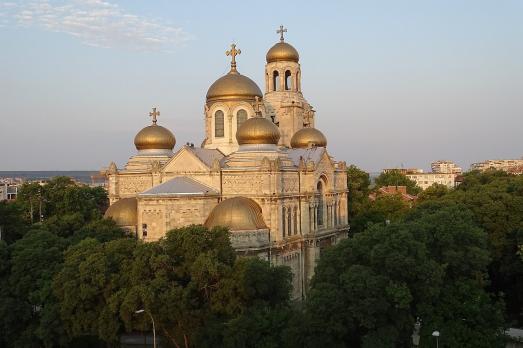
Doopsgezinde Kerk
Alkmaar, NL
The Doopsgezinde Kerk (Mennonite Church) was initially built as a clandestine church in 1617. In 1856, the buildings on the Koningsweg that hid the church from view were demolished and the church came into view. In 1854, the church received its current facade with round-arched windows. This facade was designed by CW Bruinvis, city archivist of Alkmaar. It is listed as a National Monument of the Netherlands.








